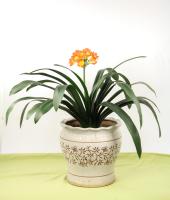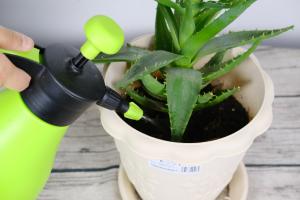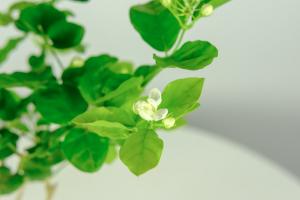How to Plant Potted Tulips After They Bloom
When tulips in a potted plant have finished blooming, you might be wondering what to do with them next. Fortunately, planting potted tulips after they bloom is not a difficult process. With the right care, you can ensure that your tulips will grow strong and healthy for the following year. Here is a step-by-step guide to help you plant your potted tulips after they bloom.
Step 1: Wait for the Tulips to Wilt
The first step in planting potted tulips after they bloom is to wait for the flowers to wilt. The wilted flowers should be removed, as they can attract pests and disease. However, the stem and leaves should be left intact, as they will provide nutrients to the bulbs.
Step 2: Water the Tulips Well
Once the flowers have wilted, it’s important to water your potted tulips well. This will help the plant to recover from the stress of blooming. Make sure that the soil is completely moistened, but do not allow the pot to stand in standing water.
Step 3: Allow the Leaves to Die
After watering, you should allow the leaves of the tulips to die naturally. The leaves will continue to provide nutrients to the bulbs for the next growing season. Don’t cut or remove the leaves until they have completely withered and turned yellow or brown.
Step 4: Remove the Tulip Bulbs from the Pot
When the leaves have died, remove the tulip bulbs from the pot. Carefully loosen the soil around the bulbs and gently lift them out of the pot. Be careful not to damage the bulbs or roots.
Step 5: Prepare a Planting Site
Choose a well-drained planting site that receives full sun or partial shade. The soil should be rich and fertile, with good drainage. If the soil is heavy or clay-based, add compost or other organic matter to improve drainage and fertility.
Step 6: Plant the Tulip Bulbs
Plant the tulip bulbs in the prepared soil, with the pointed end facing upwards. The bulbs should be planted at a depth that is two to three times the height of the bulb. Make sure that the bulbs are spaced at least 5-6 inches apart.
Step 7: Water and Fertilize
After planting, water the bulbs thoroughly and add a slow-release fertilizer. This will help to promote strong growth and healthy blooms for the next season. Keep the soil moist, but not soggy, throughout the growing season.
Step 8: Mulch and Protect
Finally, add a layer of mulch to the planting site. This will help to retain moisture and prevent weeds from growing. You should also protect the bulbs from pests and disease by using a natural insecticide or fungicide, if necessary.
With the right care, planting potted tulips after they bloom can be a rewarding experience. By following these simple steps, you can ensure that your tulips will thrive and bloom for many years to come.

 how many times do yo...
how many times do yo... how many planted tre...
how many planted tre... how many pine trees ...
how many pine trees ... how many pecan trees...
how many pecan trees... how many plants comp...
how many plants comp... how many plants can ...
how many plants can ... how many plants and ...
how many plants and ... how many pepper plan...
how many pepper plan...
































